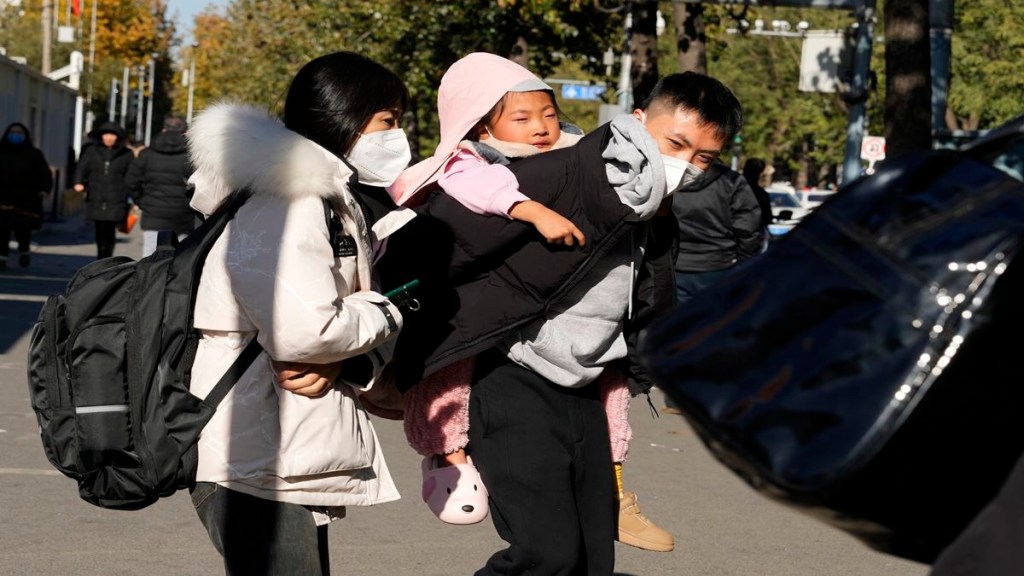As China continues to witness an uptick in mysterious respiratory illnesses, there are reports of a rise in pneumonia cases in several parts of the world. Amid the fears of a pandemic, countries are now focusing on preventive measures to ensure that there are ample healthcare facilities and resources.
Since October this year, cases of Pneumonia which mostly affects children have been reported in northern China leading to a surge in hospitalisations.
According to the WHO, Chinese authorities have attributed the illness to the lifting of Covid-19 restrictions and the circulation of known pathogens such as influenza, mycoplasma pneumoniae (a common bacterial infection that typically affects younger children), respiratory syncytial virus, and SARS-CoV-2 (the virus that causes Covid-19).
Here’s what we know so far
- The Netherlands and Denmark have reported a spike in pneumonia cases.
- The Netherlands, cases of pneumonia have been rising among children aged 5 to 14 years.
- The sudden outbreak of the mysterious disease has sent alarm bells ringing in other countries bordering China or near it, including India, Taiwan and Vietnam.
- According to reports, the Chinese health ministry claimed that the rise in cases was due to an overlap of known pathogens.
- According to Chinese health authorities, the outbreak could be linked to mycoplasma pneumonia, also known as “walking pneumonia”. It is a common bacterial infection typically affecting children that has been circulating since May this year.
- In the United States, the weekly percent of emergency department visits for children with diagnosed pneumonia was about 2% as of the latest Centers for Disease Control and Prevention (CDC) report November 25, 2023.
- Some social media users have also posted photos of children receiving intravenous drips in hospital, while media in cities such as Xian in the northwest have posted videos of crowded hospitals, fanning concerns potential strains on the healthcare system, as per news agency Reuters.
- In a 23 November statement, the WHO said that China’s health authorities have attributed the rise in hospitalizations since October to known pathogens, such as adenoviruses, influenza virus and RSV, which tends to cause only mild, cold-like symptoms.








